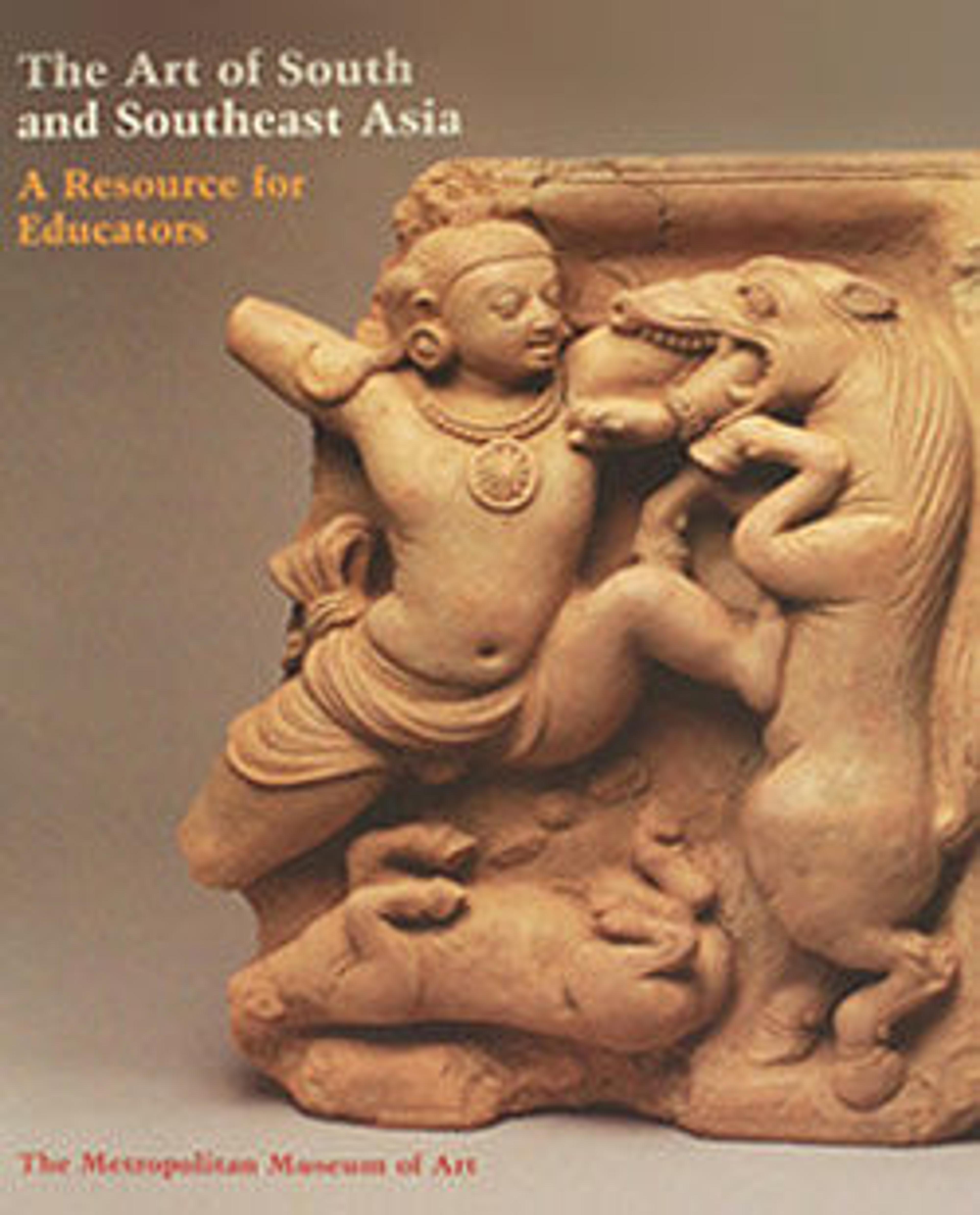Linga with Face of Shiva (Ekamukhalinga)
The linga, the aniconic pillar symbol emblematic of the Hindu god Shiva, symbolizes his essential generative powers. Here, the form is phallic, addorsed with Shiva’s face in a style reflecting iconographic innovations of the region as well as inherited design conventions from fifth-and sixth-century Gupta north India. The Shahi kingdom flourished in eastern Afghanistan only from the seventh to the ninth century, yet it produced a highly distinctive corpus of Hindu religious imagery. Typically sculpted in white marble, these works reflect links east, most notably to Kashmir for Shaiva imagery, and west, as seen in the flying locks of hair inspired by Sasanian royal imagery.
Artwork Details
- Title: Linga with Face of Shiva (Ekamukhalinga)
- Period: Shahi period
- Date: 9th century
- Culture: Afghanistan
- Medium: White marble
- Dimensions: H. 22 7/16 in. (57 cm); W. 13 3/16 in. (33.5 cm)
- Classification: Sculpture
- Credit Line: Rogers Fund, 1980
- Object Number: 1980.415
- Curatorial Department: Asian Art
More Artwork
Research Resources
The Met provides unparalleled resources for research and welcomes an international community of students and scholars. The Met's Open Access API is where creators and researchers can connect to the The Met collection. Open Access data and public domain images are available for unrestricted commercial and noncommercial use without permission or fee.
To request images under copyright and other restrictions, please use this Image Request form.
Feedback
We continue to research and examine historical and cultural context for objects in The Met collection. If you have comments or questions about this object record, please contact us using the form below. The Museum looks forward to receiving your comments.
